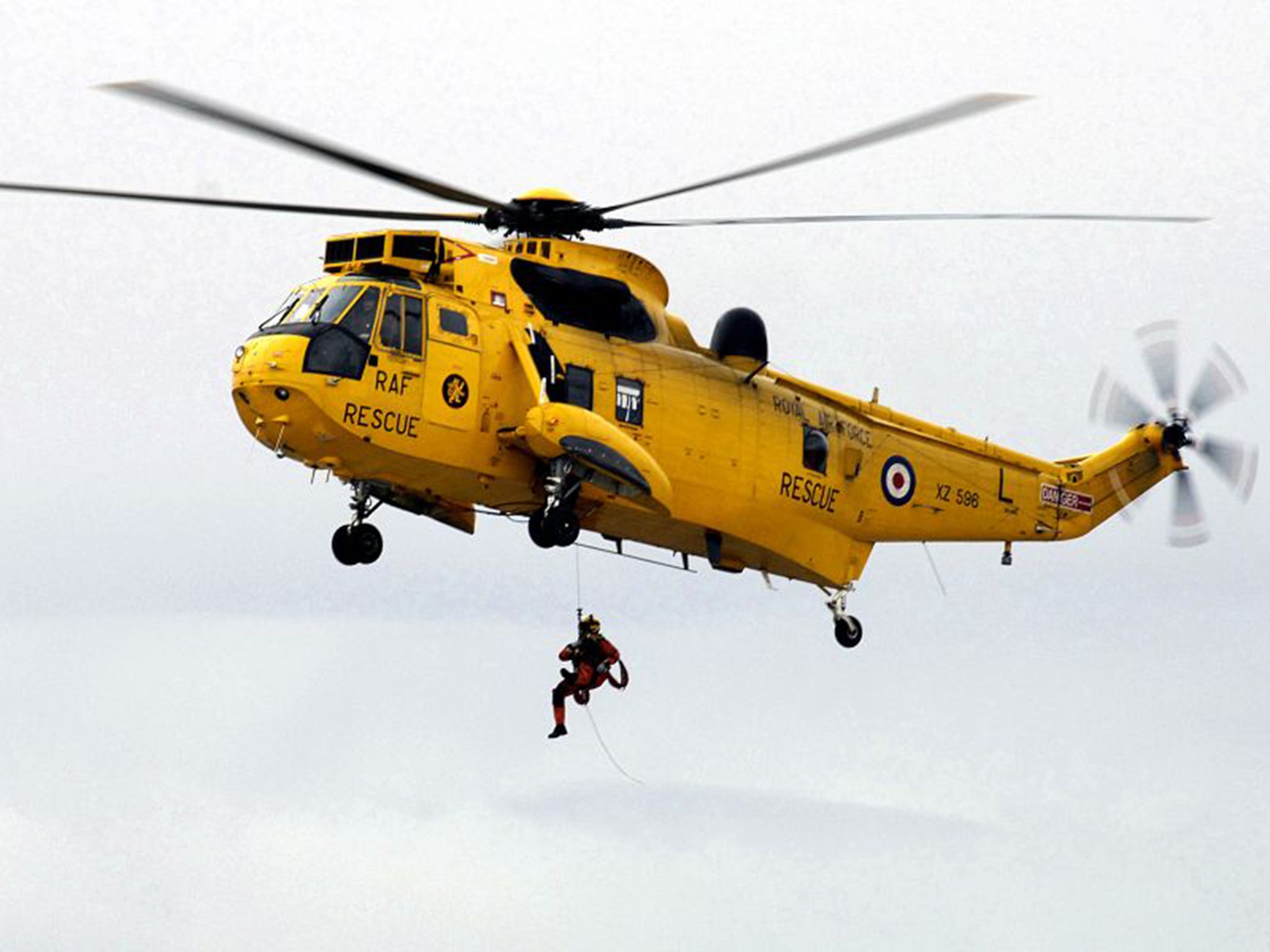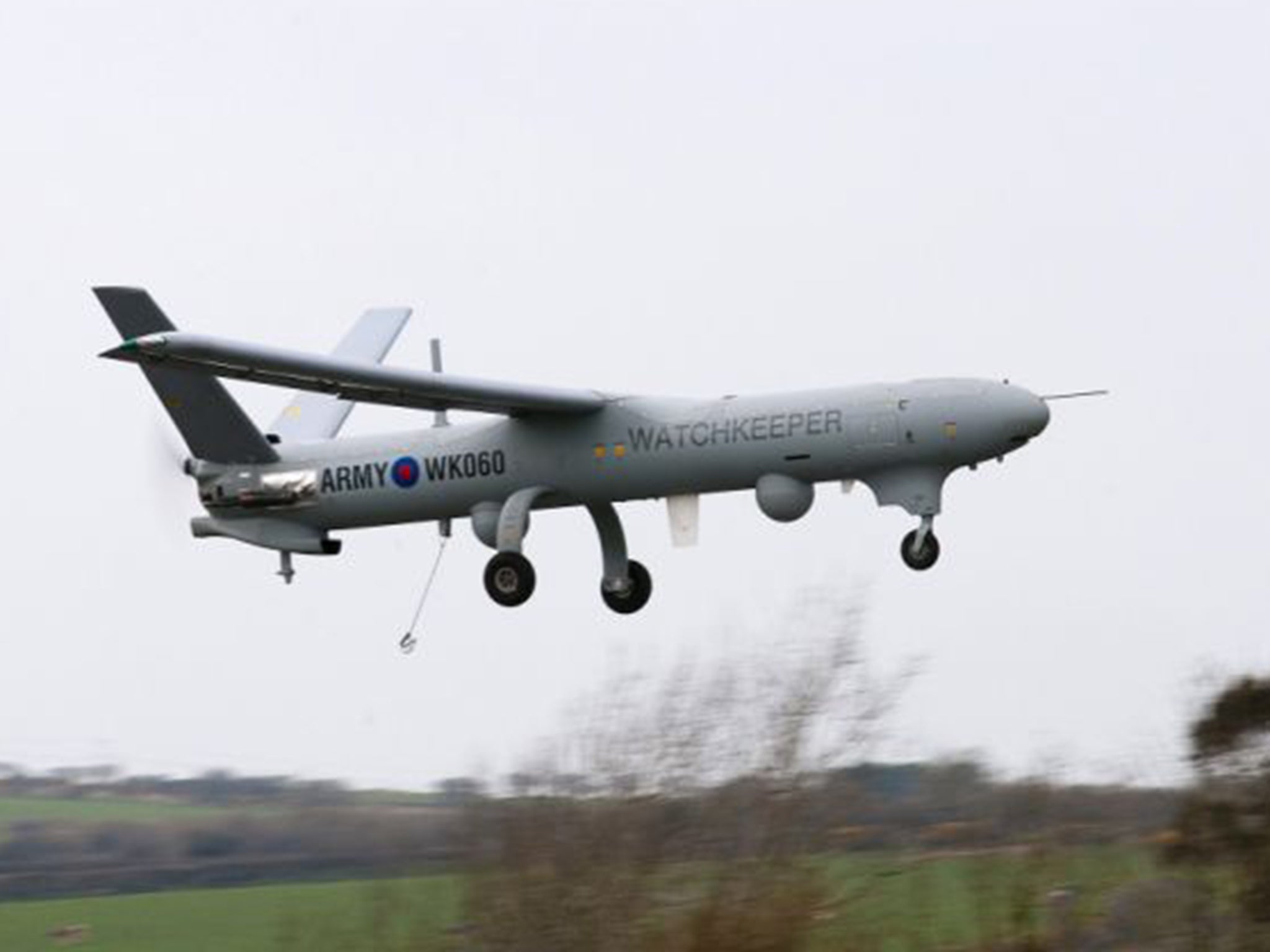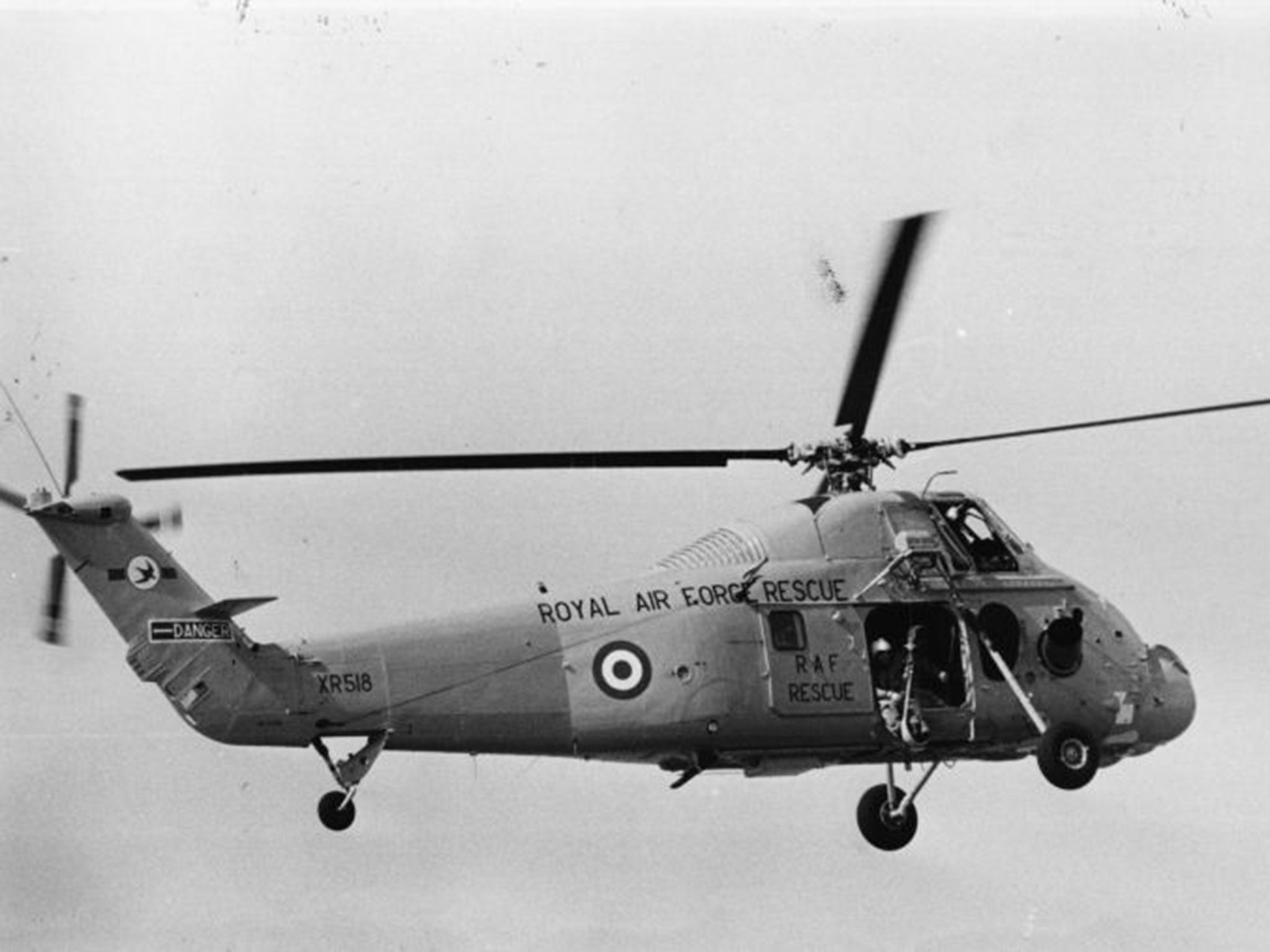Helicopters that can’t fly and vintage artillery museum pieces included on MoD list of military 'assets'
Inclusion of obsolete equipment on inventory labelled as 'disingenous' attempt to plaster over gaps in defence capability

They might have intimidated Soviet generals during the Cold War, but a jet trainer that first flew in 1955 and a helicopter that first saw action in the Borneo confrontation in the mid-1960s are unlikely to worry their modern counterparts, defence experts have warned.
The inclusion of retired jets, grounded helicopters and ageing tanks in an official Ministry of Defence (MoD) list of Britain’s military assets has been labelled a “disingenuous” attempt inflate the military’s size and plaster over gaps in defence capability.
The official inventory of current military hardware even includes five vintage artillery pieces. FH70 howitzers are unlikely to see action in any modern conflict: they are museum pieces, used for ceremonial purposes, as “gate guardians” displayed outside entrances to army barracks.
The embarrassingly outdated kit is included in the MoD’s “Defence in Numbers” briefing document that was released last week. It comes ahead of the Strategic Defence and Security Review, which will decide what capabilities the UK armed forces need in the next decade.
Defence experts were startled to see that it lists seven Jet Provost trainers, despite the fact the aircraft, which came into service in time to train pilots for the 1956 Suez Crisis, was officially retired in 1993. Likewise four Wessex helicopters, a model made famous by its service during the 1982 Falklands conflict, are listed, although they too are grounded.

Meanwhile 21 RAF Sea King rescue helicopters are listed as on active service, despite the fact they flew their last operational sortie earlier this month. It also lists nine Challenger 1 battle tanks, which were retired in the mid-1990s.
The document is an embarrassing own goal for the MoD, because it carries an introduction from Defence Secretary Michael Fallon, which says it “provides the key information on UK defence”.
In overtly political language it described its publication as coming after “the new Conservative government committed to increase defence spending above inflation” and to “meet the NATO two per cent pledge”.
Eye-brows have also been raised by the inclusion of nearly 100 Gazelle and other variants of the venerable Sea King helicopter that are currently in the process of being retired.
Justin Brink, a research analyst at the Royal United Services Institute, said: “It’s certainly disingenuous to include the Wessex and Jet Provost, as well as the Sea King and Gazelle as they are being fully retired.” Meanwhile Admiral Lord West, a former Labour security minister and Royal Navy commander, told The Independent on Sunday that the document was so “misleading” that he “wouldn’t be surprised if it included the Battle of Britain memorial flight” of Spitfires and Hurricanes.
“Unless there is a true articulation of what is really available for operations Whitehall can continue to delude itself about our military capability. How dangerous does the world have to become before ministers and civil servants understand the necessity to enhance our defence capability,” said the former First Sea Lord, who received a distinguished service cross for his command of HMS Ardent during the Falklands conflict

The list also claims there are 125 Tornado fast jets in RAF service. However last year RAF claimed it only had 104 operational models available. This comes after warnings earlier this year that when the remaining Tornado are retired at the end of this decade, RAF fast jet numbers will fall to their lowest level ever.
As well as listing obsolete equipment in the inventory, the document has come under fire for failing to include various pieces of cutting-edge technology, including the RAF’s entire force of 33 Watchkeeper surveillance drones and the Royal Navy’s ScanEagle drone fleet.
Tim Robinson, editor of Aerospace magazine, said: “The latest official document is somewhat bizarre. Including Wessex helicopters and Jet Provost trainers that were retired over a decade ago and only now are used for ground instructional purposes, while missing off the list the British Army’s Watchkeeper UAV, paints a slightly false picture of the UK’s operational capability.
A MoD spokesperson said: “This booklet is intended to provide a snap shot of the UK’s Defence capability, and how we are spending the fifth largest Defence budget in the world. As well giving details on civilian and personnel numbers and current operations, it also includes a list of the MOD’s equipment holdings, the vast majority of which are in service and deployable.”
Join our commenting forum
Join thought-provoking conversations, follow other Independent readers and see their replies
0Comments